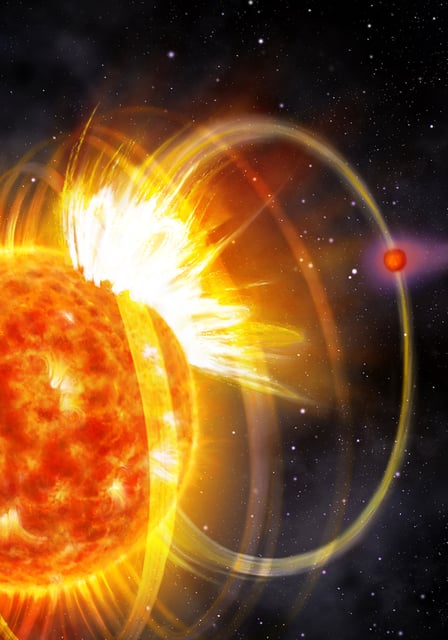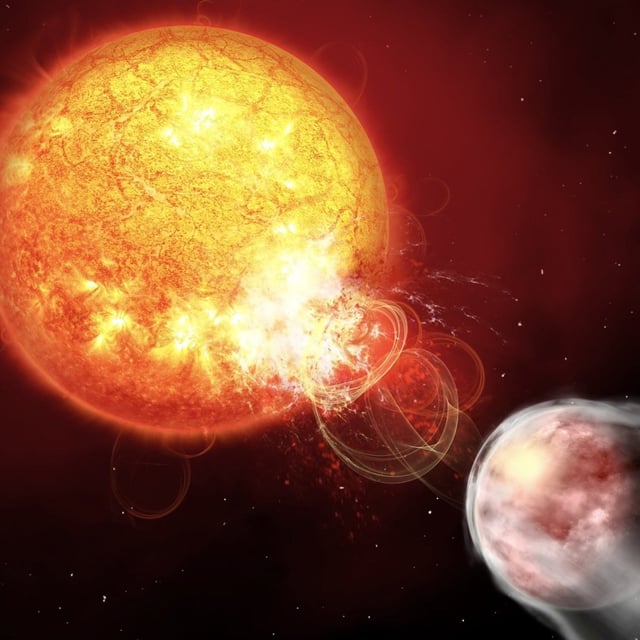Overview
- Astronomers led by Ekaterina Ilin analyzed TESS and CHEOPS observations to reveal 15 super-energetic flares aligned with HIP 67522 b’s orbit, marking the first direct evidence of a planet inducing stellar flares.
- These flares unleash bursts thousands of times more powerful than those from the Sun, bathing the gas giant in six times more radiation than it would otherwise receive.
- Sustained flare bombardment is eroding the planet’s atmosphere and is expected to shrink it from Jupiter-size to Neptune-size within about 100 million years.
- Researchers are now conducting multi-wavelength follow-up studies—spanning ultraviolet, X-ray and radio bands—to dissect the magnetic interaction driving the flares.
- Current surveys and ESA’s planned PLATO mission will expand the search for other star–planet systems exhibiting similar magnetic feedback effects.

